Interview with Vinitha, Author of “Ammu and the Sparrows”
Vinitha’s Ammu and the Sparrows explores childhood emotions, patience, and hope through a tender tale of waiting, healing, and quiet emotional resilience.on Oct 08, 2025
.jpg)
Frontlist: Ammu and the Sparrows captures the quiet emotional world of a child navigating absence and hope. What inspired you to tell this story through the lens of Ammu and his interactions with the sparrows?
Vinitha: Divorce is so tough on all the stakeholders of the process. As adults, we are struggling in our own nightmare, often not able to comfort children who, anyway, do not have the tools to process and communicate how deeply anxious and sad they are that their parents are warring. I went through a divorce myself, and I have watched how children often process large, overwhelming emotions not through grand declarations but through small, daily rituals and a deep connection to the natural world around them. The child was wordlessly waiting for a verdict. I needed a metaphor—real and otherwise—to convey this. The sparrows offered a perfect vessel for this. They are small, familiar, often overlooked creatures whose presence—or absence—is deeply felt. Ammu’s focused waiting for them became a metaphor for his larger, unspoken waiting for stability and love. It allowed me to explore a child’s inner world of anxiety and hope through a tangible, quiet focus that feels both real and deeply symbolic.
Frontlist: Ammu’s journey from waiting to small disappointments to eventual joy models emotional endurance. What lessons about coping, patience, and hope do you hope children take away from this narrative?
Vinitha: I have learnt that children (and oftentimes even adults) struggle to speak about difficult things. I have also observed and understood through different studies that often the safest vehicle for a child to convey their own story is through a story in a book.
I hope children see that feelings of disappointment and sadness are a natural part of life’s waiting periods, and that it’s okay to sit with those feelings. Ammu’s story doesn’t offer a quick fix; his joy at the end is earned through patience and small acts of care, like building the feeder. The lesson isn't that waiting is easy, but that it can be endured, and that small, consistent gestures of hope—and the support of a loved one—can see us through to moments of light. I want children to feel that their patience, however fragile it feels, is a strength.
Frontlist: The sparrows in the story are both real and symbolic, representing longing, patience, and the gentle unfolding of hope. How did you approach balancing the literal and metaphorical roles of the birds for young readers?
Vinitha: My approach was to keep the sparrows utterly real and authentic on the surface. Children connect with the concrete: the specific grains of rice, the bits of dosa offered to the birds, and the sensorial description of the crows and the pigeons all connect to the act of waiting. The metaphorical layer is woven subtly into the narrative’s emotional fabric—it’s felt rather than explained. A child reader engages with the literal story of a boy wanting to see birds. The symbolism—the sparrows as hope, their return as a sign that life can bring new joy even in changed circumstances—is something they absorb intuitively, which is how the deepest lessons in stories are often learned.
Frontlist: Your book has been appreciated for its therapeutic qualities and is used in narrative healing. How do you see literature as a tool for early emotional literacy and mental health awareness?
Vinitha: Stories provide a safe, reflective space for children as well as adults to encounter and name complex emotions. I absolutely believe and know that literature is a very powerful tool for emotional literacy and mental health awareness, of course, for children, but even for adults. Through a character like Ammu, a child can see their own confusion, sadness, or anxiety reflected back at them, which validates those feelings and reduces the sense of isolation. Stories give children the language for what they’re experiencing internally. This is the foundation of emotional literacy: the ability to identify, understand, and process emotions. By normalizing these conversations through narrative, we build resilience and awareness from a young age, showing them that their mental and emotional well-being is important.
Frontlist: In a world where children are increasingly exposed to overstimulation, how can a story like Ammu and the Sparrows cultivate mindfulness, empathy, and self-reflection?
Vinitha: The story is intentionally quiet and paced slowly, mirroring Ammu’s own patient watching. In contrast to a world of rapid stimuli, it invites the reader to slow down, to focus on a single moment, and to observe the small details—the quality of light, the sound of a bird, a feeling of anticipation. This act of reading becomes a practice in mindfulness. The reader cannot help but step into Ammu’s shoes and be a partner in his quiet yearning and his joy. Through this, children practice empathy. We hope the book will encourage the reader to look beyond the surface actions of others and consider the rich, often unspoken, emotional worlds within everyone.
Frontlist: The grandmother figure in the book plays a guiding role in validating emotions. How important do you think intergenerational relationships are in nurturing emotional well-being in children?
Vinitha: They are invaluable. If grandparents are ashamed of the process, children pick up the vibe. We hope that grandparents or elder figures offer a different quality of presence, that they provide a container of stability and unconditional love, much like Ammu’s grandmother, who doesn’t dismiss his waiting as trivial but joins him in it. She doesn’t offer false promises; instead, she offers her steady presence and a practical project (the feeder). This model for children that while we can’t always control outcomes, we can always choose to be present and caring.
Frontlist: How did your background as a journalist and editor influence your sensitivity to subtle human emotions and emotional storytelling for children?
Vinitha: My journalistic training taught me to listen deeply—not just to words, but to the silences and subtext within conversations. It honed my ability to observe the small, telling details that reveal a larger truth about a person or situation. As an editor, I developed a discipline for precision and economy with language, understanding that the most powerful emotions are often conveyed through subtlety and restraint, not exposition. This combination is incredibly useful in children’s literature, where you must convey profound emotional depth with a limited number of words, trusting the reader—even a young one—to feel the meaning between the lines.
Frontlist: Finally, if you could give young readers one key takeaway on this World Mental Health Day from Ammu's journey with the sparrows, what would it be about noticing, honoring, and expressing their own emotions?
Vinitha: My takeaway would be this: Your feelings, whatever they are, are worthy of attention. Like Ammu patiently watching for the sparrows, try to notice your emotions without immediately chasing them away. It’s okay to sit with disappointment, to feel hope, to be sad, or to feel joy. Find a way to honor those feelings, whether it’s by talking to someone you trust, drawing, writing, or simply acknowledging them quietly to yourself. Ammu’s story shows us that by gently tending to our inner world, we make space for resilience, hope, and unexpected moments of happiness to find us.


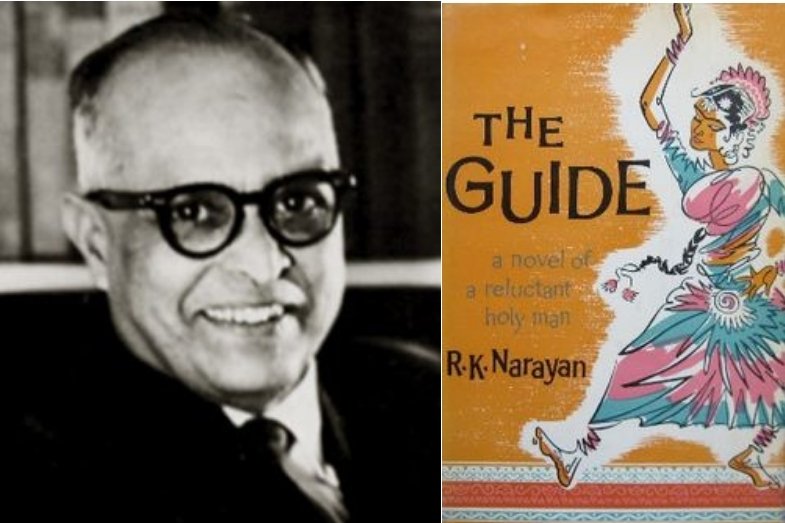
.jpg)



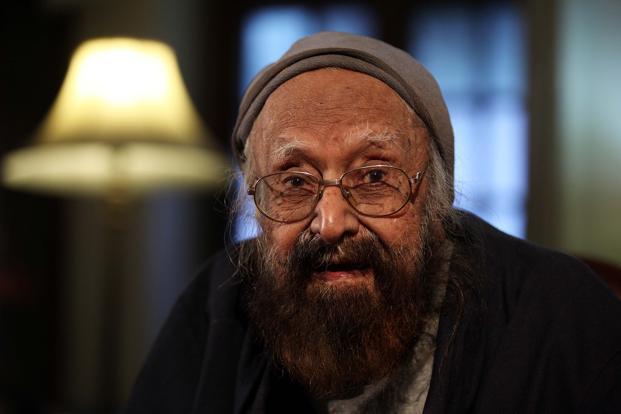
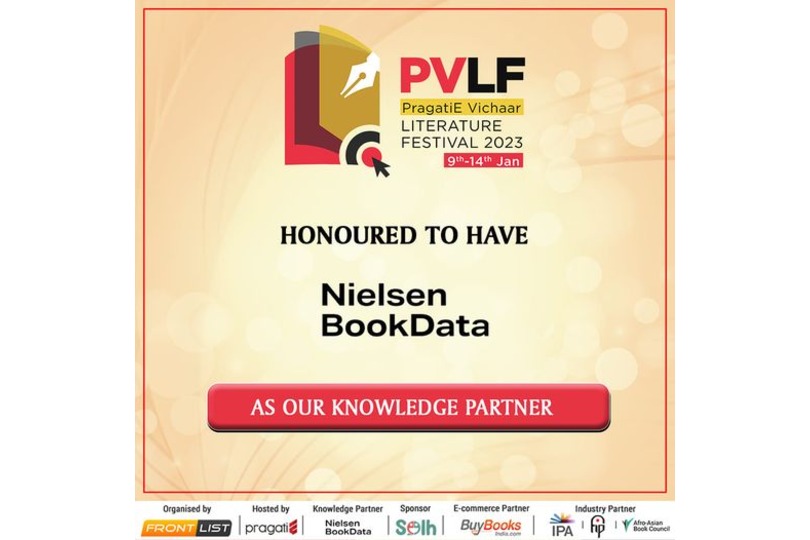
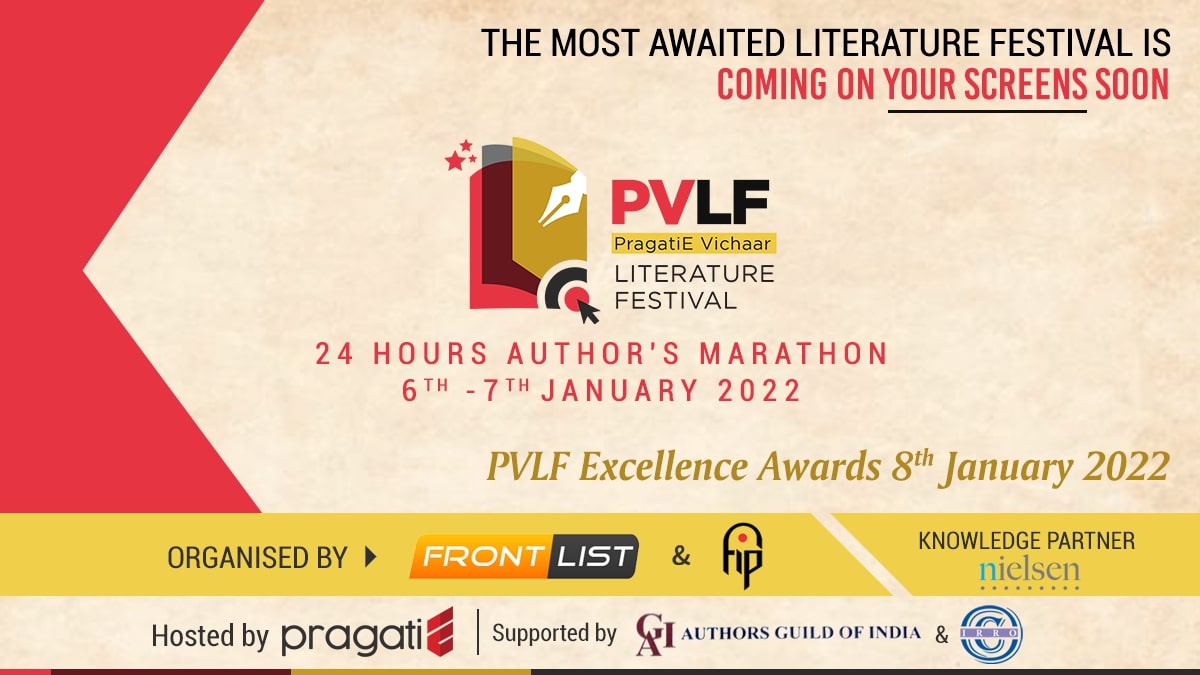
.jpg)

.jpg)
.jpg)
.jpg)
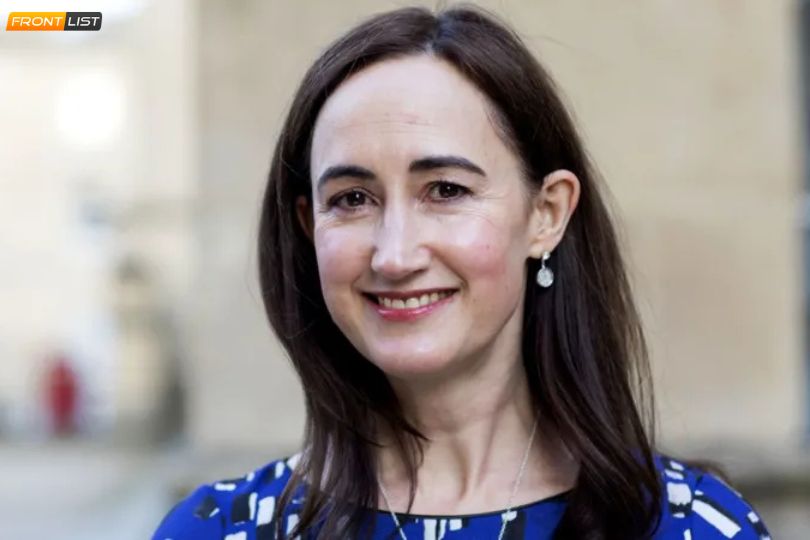
.jpg)
.jpg)
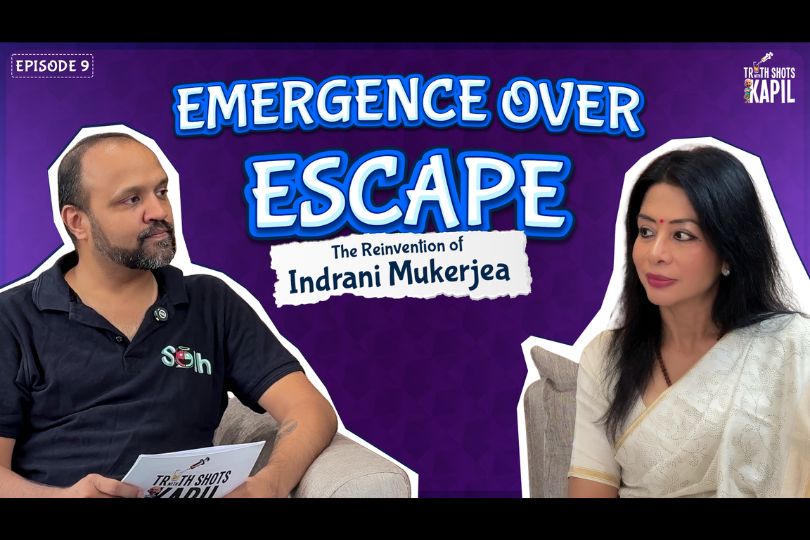
.jpg)

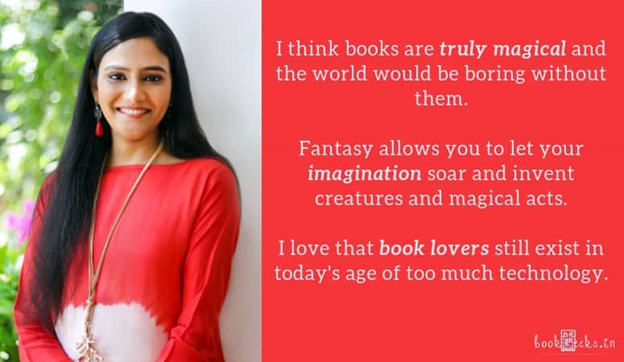
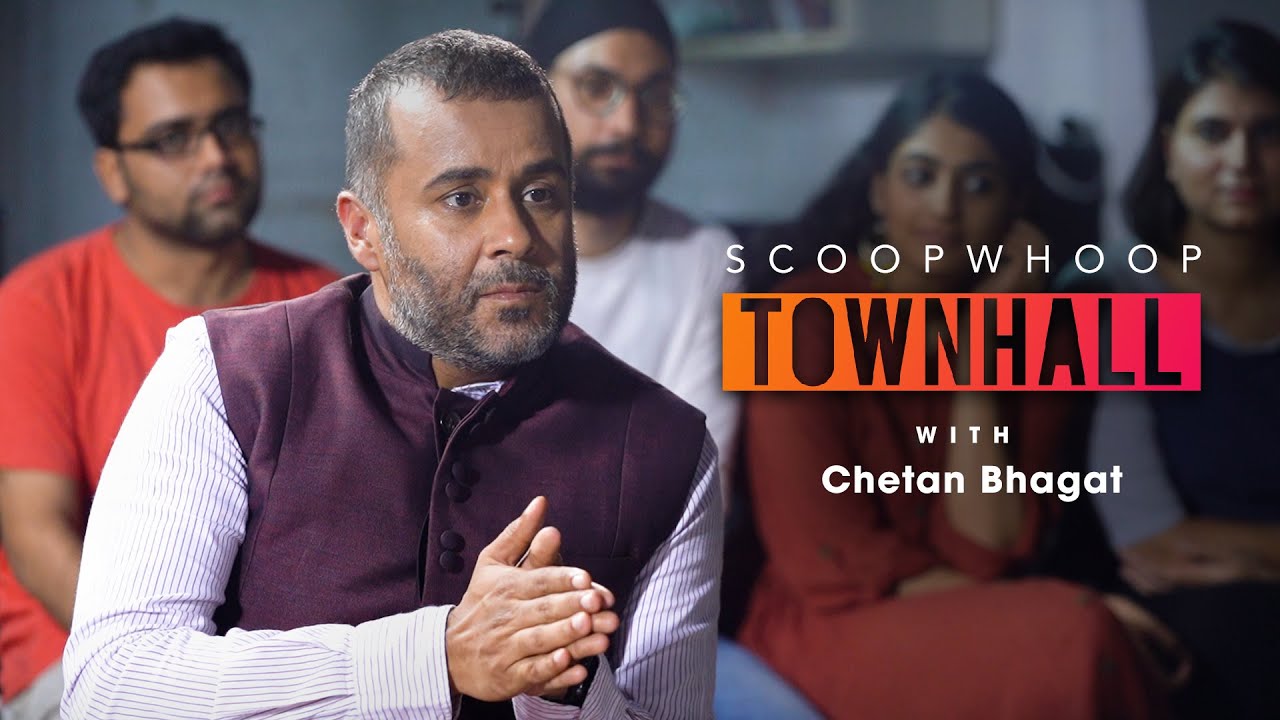
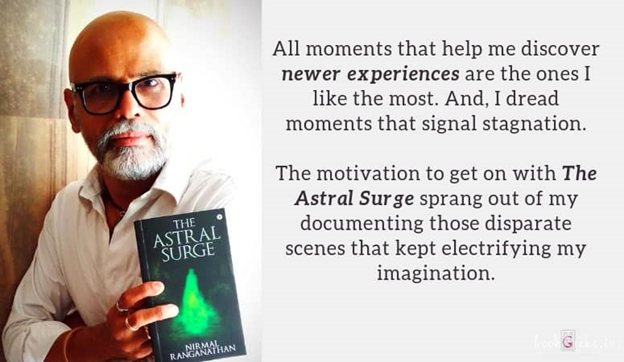
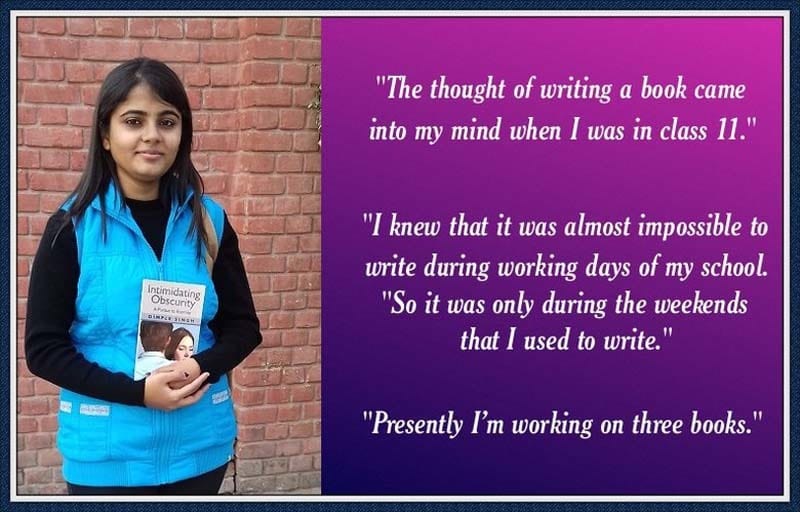


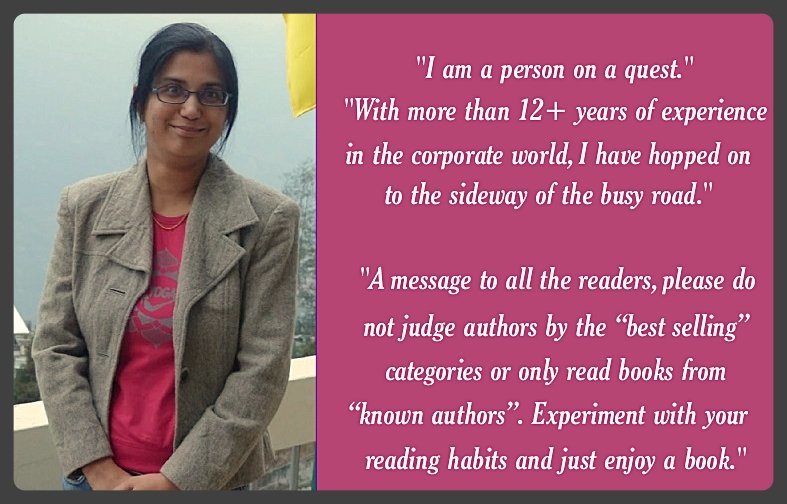


Sorry! No comment found for this post.